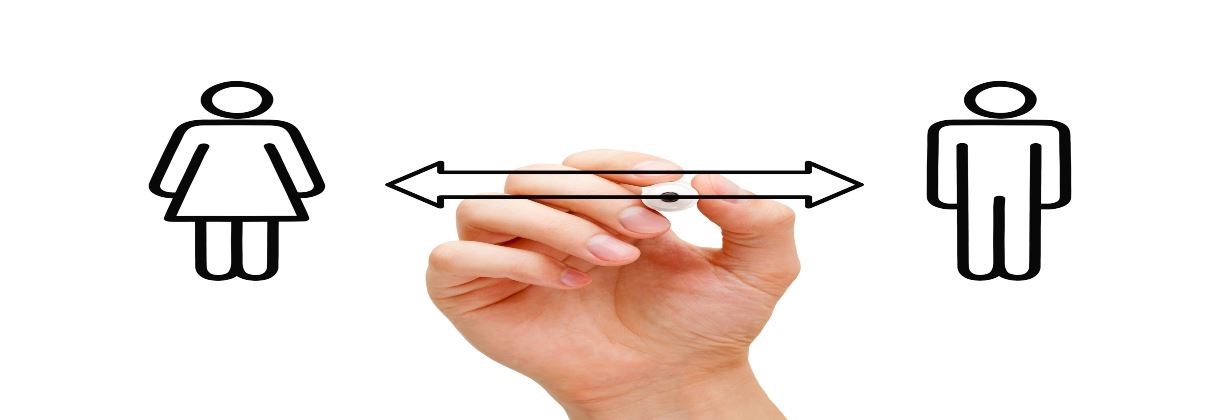If you or your children have been targets of domestic violence, abuse, or harassment, you can get a protective order from the court. Keep reading for more information.
OK Protective Orders
Protective orders are legally enforceable court orders to prevent continued harassment or harm. In Oklahoma, protective orders are available for victims of physical violence or those threatened with physical harm.
Orders can be taken against members of a family or household including:
- Spouses
- Ex-spouses
- Spouses of ex-spouses
- Parents
- Children
- Individuals related by blood or marriage
- People who cohabitate
- Biological parents of shared children
Protective orders for non-family members may also be available for people dealing with stalkers or harassment from someone outside of the family or household. By definition, stalking involves a person maliciously and repeatedly following their target with the intent to intimidate or cause harm.
Getting a Protective Order
If someone needs a protective order, they must submit a petition to their district court or the district court in the county where the abuser lives or where the abuse originally occurred. The court clerk can assist petitioners with the filing process.
A protective order petition should include the following:
- The history of incidents
- A description of any injuries that may have occurred
- A description of the most recent incident
- An explanation of the potential of abuse
- A physical description of the abuser
- The location of the abuser
- Any prior convictions for domestic violence
- A note stating whether the abuser is armed
Petitioners may keep their address and personal information confidential if the abuser is not already aware. Once the petition is filed, the court will process the request and decide whether a more immediate option is necessary. If the judge decides to enact a temporary protective order, law enforcement will serve the abuser and the petitioner will have temporary relief until the hearing. Judges may choose to order more permanent protection, but it depends on the case at hand.
What Is the Difference Between a Restraining Order and Protective Order?
Restraining and protective orders are often used interchangeably, but they have several key differences. The primary difference between protective and restraining orders is that protective orders are used to protect one or more members of a household from another in cases of domestic violence and abuse.
When a protective order is in effect:
- Alleged abusers are prohibited from contacting any household members listed on the order
- Alleged abusers are required to stay a certain distance away from places frequented by partners, children, parents, etc. as listed on the order
- Alleged abusers may not carry a gun and their license will be suspended
On the other hand, a restraining order is when the court orders one person or entity to not engage in behavior related to another person or entity. For example, a person may be ordered to stop transferring money between bank accounts or harassing another party on specific property.
The Other Side of Protective Orders
While the need for protective orders remains true, the system is sometimes manipulated to protect selfish interests. For example, if a couple is in the middle of a custody battle, one spouse may apply for a protective order to block the other parent from getting custody. Similarly, some people use protective orders to tarnish another person’s reputation out of anger or resentment.
Not only does this destroy a person’s life, but it also hurts the system and prevents actual victims from getting the protection they need. Filing for a protective order is not a matter to be taken lightly – these orders are legally enforceable and are only meant to protect victims of abuse.
Get the Protection You Need
If you are facing abuse and need a protective order, Nichols Dixon PLLC can help. Our team of compassionate attorneys and fierce defenders can assist you with the petitioning process and help you protect what matters most.
Contact our firm today for more information.





